All writers and readers have experienced a sense of déjà vu when writing or reading a novel. Have I read this before? Didn't author so-and-so write this same story? Didn't such-and-such a movie have this plot?
You're probably right. It's been done already, because everything has already been done.
According to Christopher Booker's 2004 book The Seven Basic Plots: Why We Tell Stories, there are only seven basic plots for all stories told, written, or shown visually. These are the seven, according to Wikipedia (https://en.wikipedia.org/wiki/The_Seven_Basic_Plots).

The protagonist sets out to defeat an antagonistic force (often evil) which threatens the protagonist and/or protagonist's homeland.

The poor protagonist acquires things such as power, wealth, and a mate, before losing it all and gaining it back upon growing as a person.

The protagonist and some companions set out to acquire and important object or get to a location, facing many obstacles and temptations along the way.
4. Voyage and Return
The protagonist goes to a strange land and, after overcoming the threats it poses to him or her, returns with nothing but experience.

Light and humorous character with a happy or cheerful ending: a dramatic work in which the central motif is the triumph over adverse circumstances resulting in success or a happy conclusion.
Picture from YouthTime Magazine http://www.youth-time.eu/slideshow-tips/weekend-picks-bring-light-hearted-humor-to-your-synapses

The protagonist is a villain who falls from grace and whose death is a happy ending (or he/she gets away with their deeds as with "Cask of Amontillado").

During the course of the story, an important event forces the main character to change their ways, often making them a better person."
The unusual part is Brooker's assertion that "the force of convention" does not explain the connection, and the reason lies in something much deeper, such as the collective consciousness. In other words, he believes "that archetypal stories are rooted in the human unconscious." http://www.nytimes.com/2005/04/15/books/the-plot-thins-or-are-no-stories-new.html?_r=0
COLLECTIVE CONSCIOUSNESS
So, what is collective consciousness? That depends on how you define it. The idea was proposed by Émile Durkeim (The Father of Sociology) in 1893. His theory related to a "shared understanding of certain morals and social norms based on people either imitating others, explicitly passing on these behaviors to one another, or agreeing certain ideals in order to feel accepted". His concept is more that shared beliefs, ideas, and moral attitudes function as a unifying force within society. (Wikipedia)
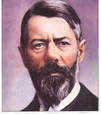
Today collective consciousness is a term used by some scientists to describe the practice of humans and animals sharing behaviors and ideas when they have never come into contact with each other. In other words, the theory that we are all interconnected and interrelated on a paranormal level.

This phrase "Great minds think alike" was first written by Carl Theodor von Unlanski in his biography in 1816. Similar phrases date back at least to the 17th century. Apparently, great minds have been thinking alike for at least several hundred years.
The concept of a paranormal level of collective consciousness is more pronounced in the world of science, math, and physical inventions. Throughout history two or more people, in different locations and unbeknownst to the others, have come up with the same idea at the same time. Today, we question this and believe it must be a "stolen" idea.
The "P" word…Plagiarism. That might be true…or not.
This sort of overlap of ideas has happened throughout the world long before we had the television, the internet or cell phone to spread ideas quickly from continent to continent. Sometimes, the ideas or inventions do happen through pure synchronicity of thought. Two people are trying to solve the same problem with the same basic available knowledge, and come up with the same answer. It happens.
A good example that is well-known and scientifically significant is the development of differential calculus by both Isaac Newton and Gottfried Leibniz.
Each man was known for working in alone in secrecy, yet they both developed the same idea at about the same time in complete isolation from each other. According to Tom Evans in The Art and Science of Light Bulb Moments, "Even if there had been espionage, the postal service from Germany to England would take weeks."
Newton used his calculus to develop the Theories of Gravitation, which we use today. Leibniz came up with binary notation used by modern day computers.
DO YOU BELIEVE IN THE COLLECTIVE CONSCIOUSNESS?
I don't believe or disbelieve in collective consciousness or that we are all interconnected on a paranormal level. I believe, however, there is a lot about the human mind we have yet to discover.
As a writer, I don't worry about how many basic plots there are or if "it's been done before" (although that can affect what a publisher will buy). I write what I am inspired to write, and the way I handle a "basic plot" (if that is what it is) will be different than other writers.
In my opinion, "basic plots" derive from our instincts and universal emotions as human beings. That is what connects us. It makes sense that humans would be similar no matter where they are from, based on DNA or whatever gives us instincts. The differences are more likely to be what moral values and cultural traditions have been superimposed on the basic emotion.
What does matter to me is making at least a tiny contribution to the deluge of data floating around out there and to the ever-increasing oceans of literature.
Resources
https://en.wikipedia.org/wiki/Collective_consciousness
http://csmt.uchicago.edu/glossary2004/collectiveconsciousness.htm
http://www.carl-jung.net/collective_unconscious.html
http://www.hungerforculture.com/?page_id=502
http://www.creativity-portal.com/articles/tom-evans/collective-thoughts.html
http://phys.org/news/2011-07-minority-scientists-ideas.html
http://www.bloomsbury.com/us/the-seven-basic-plots-9780826452092/
http://thegreaterpicture.com/collective-consciousness.html
http://www.learnmindpower.com/using_mindpower/the_subconscious_and_synchronicity/
http://www.bloomingrosepress.com/collective-consciousness.html
http://www.dailymail.co.uk/sciencetech/article-2509971/Are-PSYCHIC-Scientists-believe-animals--including-humans--collective-consciousness.html
http://www.nytimes.com/2005/04/15/books/the-plot-thins-or-are-no-stories-new.html?_r=0
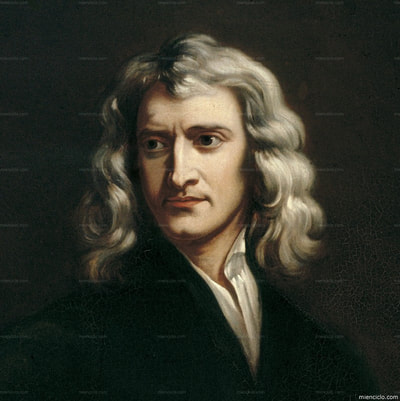

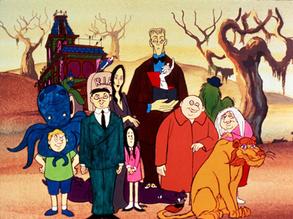




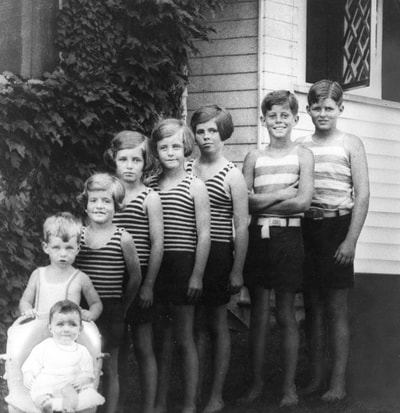
















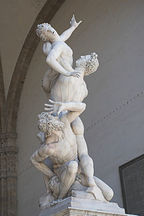


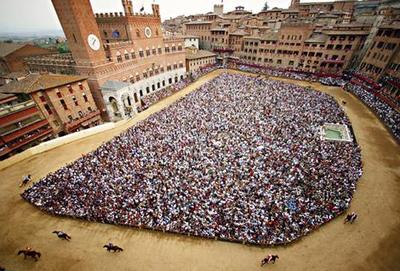



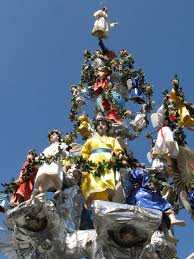







 RSS Feed
RSS Feed